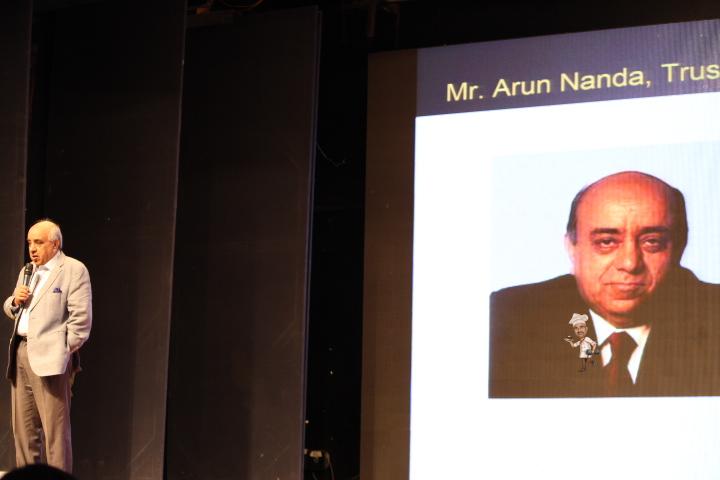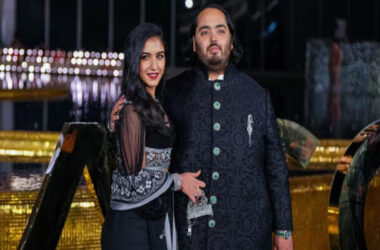Hearing loss:
Our ears are one of the most sensitive parts of the body. They have to be in order to capture all the sound waves we use to explore our world. Our brain creates sound maps and spatial maps that help us make sense of our reality. We should understand that too much exposure to loud sound or continuous noise can damage eardrums permanently. As we age, many of us begin to lose our hearing as cells lose functionality or die. Poor diet is also another cause of hearing loss. Our body needs several minerals, vitamins, antioxidants, and nutrients to keep our ears intact and pregnant women need these foods to give birth to healthy children. (Source: http://www.healthyhearing.com/report/47656-Diet-calories-hearing-loss-causes)
Nutritional factors
Alpha Lipoic Acid, Potassium, Folate, Vitamin C and E, Vitamin D, Omega 3 Fatty Acids, Magnesium and Vitamin B12 are essential in our diet, especially of pregnant women. Lack of consumption of fruits and vegetables rich in these essential elements result in a child born with deafness issues. This of course is not the sole reason for hearing loss. Genetic disorders, hereditary disorders, prenatal exposure to disease, noise, trauma and diseases like meningitis, mumps, chickenpox and sever jaundice can also cause permanent hearing loss in kids at birth or at a very tender age could be a reason for hearing loss.( Source: https://www.betterhealth.vic.gov.au/health/conditionsandtreatments/deafness-a-range-of-causes) CochlearTM is now here.
It becomes very difficult for families of such children to accept this fact and they live in denial. This denial is what leads to delay in action that needs to be taken against hearing loss. The ideal time for parents to accept, understand and intervene is as soon as possible, preferably before the child turns 2 years old. Dr. Milind Kirtane who has performed over 2500 Cochlear Implant Surgeries, along with CochlearTM are trying to educate the parents and create awareness about early intervention.
The Event
On Sunday May 14th, an event was organized at the Shanmukhananda Hall at 9.30 am which witnessed a crowd of about 2000 people. There were about 700 amongst them who were hearing impaired and about 500 who were now leading a normal life in spite of being hearing impaired at some point in their life. The happy faces showed the joy of hearing and some of the recipients of Cochlear were called on Stage to speak about their experience. After listening to their experience, it was clearer as to how important hearing is, in life. Dr. Milind Kirtane came on stage and invited panelists to discuss in detail the entire process of the implant and the follow–up.

The Panelists and Speakers
The speakers included Mr. S. Ramadorai and Mr. Arun Nanda, Trustees of the ihear Foundation. The panelists for the session on Early Intervention included Dr. Sonu Udaani, Ms. Geeti Char Dr. Samir Dalwai along with Dr. Kirtane and Recipient families..


 When asked at the beginning of the event, he explained in simple words what a Cochlear Implant is. A cochlear implant is an electronic device that restores hearing to individuals with severe to profound hearing loss. This surgery is done for those who can’t be benefited from a conventional hearing aid. It is surgically implanted in the inner ear and activated by a device worn outside the ear. The device bypasses damaged parts of the auditory system and directly stimulates the nerve of hearing. This allows individuals who are profoundly hearing impaired to receive sound.
When asked at the beginning of the event, he explained in simple words what a Cochlear Implant is. A cochlear implant is an electronic device that restores hearing to individuals with severe to profound hearing loss. This surgery is done for those who can’t be benefited from a conventional hearing aid. It is surgically implanted in the inner ear and activated by a device worn outside the ear. The device bypasses damaged parts of the auditory system and directly stimulates the nerve of hearing. This allows individuals who are profoundly hearing impaired to receive sound.
A Cochlear Implant has two main components:
1) An internal component that consists of a small electronic device. This is surgically implanted under the skin behind the ear. It is connected to electrodes that are inserted inside the cochlea.

2
2)An external component, usually worn behind the ear. This consists of a speech processor, microphone, and battery compartment.

The microphone captures sound, allowing the speech processor to translate it into distinctive electrical signals. These signals or “codes” are transmitted across the skin through radio waves to the Internal Electronic Stimulator. The Internal Stimulator then sends the signals to the implanted electrodes in the cochlea. The electrode signals stimulate the auditory nerve fibers. This sends information to the brain, where it is interpreted as meaningful sound.
The Surgery takes about 2-3 hours and is to be followed up with every 6 month regular doctor’s appointment. Also the processor needs to be upgraded (ideally once in 3 to 4 years) as and when and If required. All recipients have been leading a normal life post the surgery and the success ratio has been 100%
Hence, If you are a parent of a new born baby, I urge you to get your child’s hearing testing. In case, you know of a family that has a hearing impaired child – do suggest them to go visit the ENT surgeon and look for potential hearing solutions like Cochlear Implants. After all, no one deserves to live in silence.





I was waiting for the event coverage post. And this technology seems like a boon for hearing impaired. Great stuff.
Yes, Atul. This one is indeed.. 🙂
I saw an interview of a child with this cochlear technology. The joy of being able to hear was unmissable
Yes, the Technology works miracles for them.